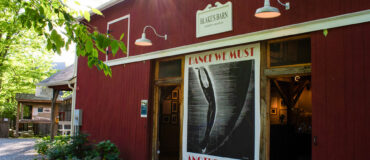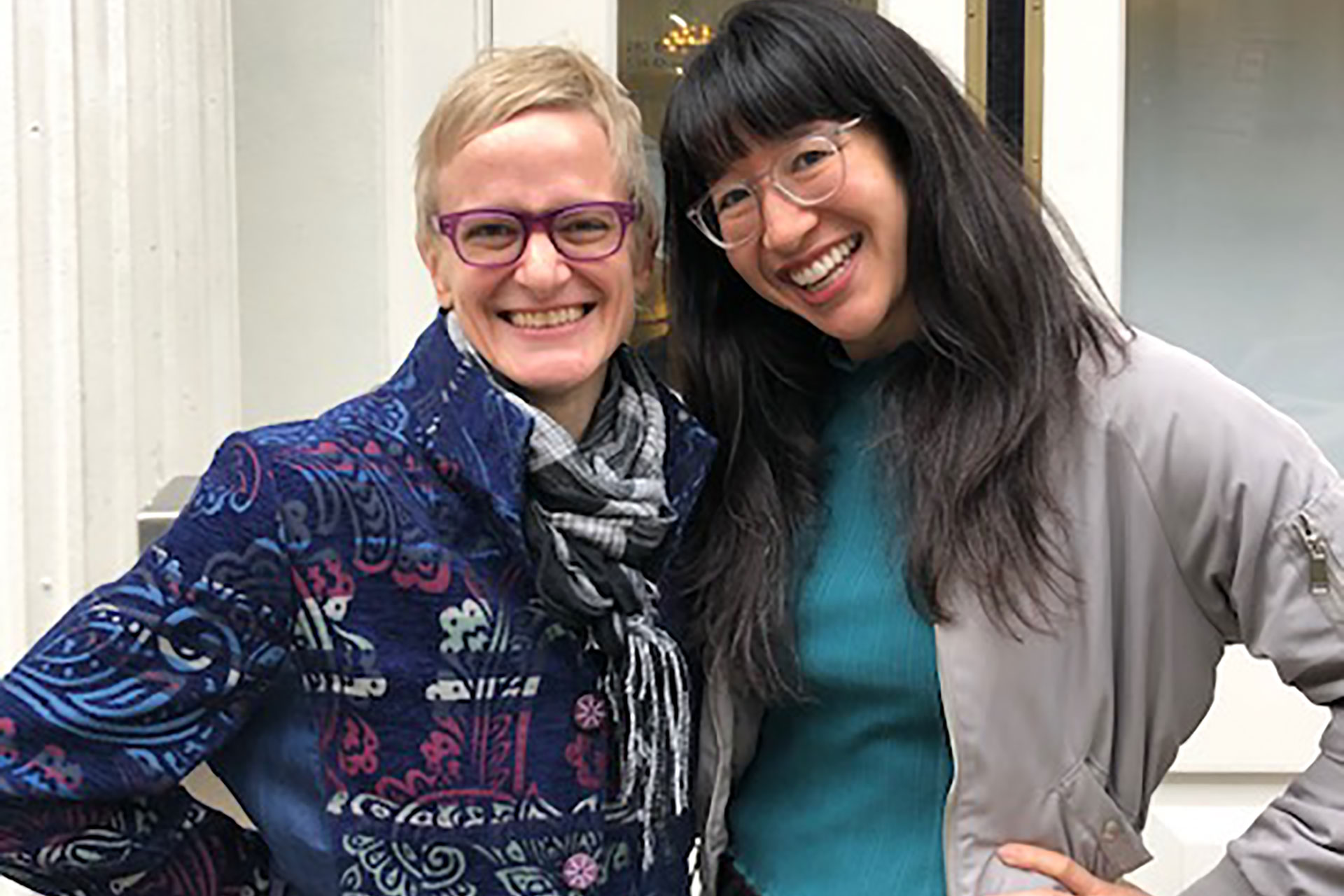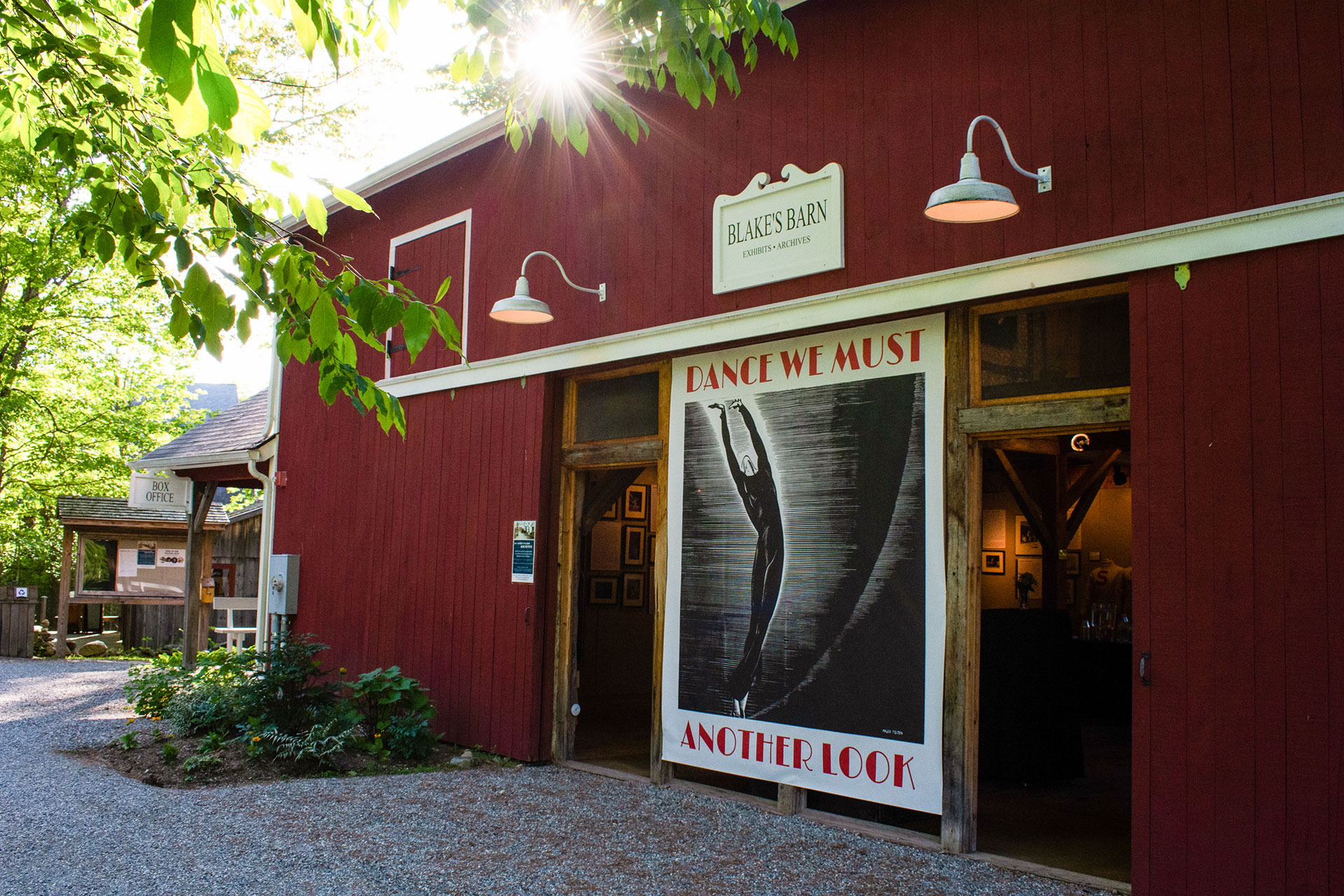Tips for Using Organizing Your Materials
By Hallie Chametzky and Imogen Smith
The COVID-19 pandemic and the requirements of social distancing have led dance artists and companies to embrace the digital: offering remote classes or rehearsals, streaming archival or new performances. How can you take advantage of this moment to boost your digital engagement and improve the ways you are saving and organizing your assets, so that they can be even more useful to you?
Read on for information on managing and utilizing your archives right now. Then move on to Part 2, where Patsy Gay, associate archivist at Jacob’s Pillow, and Kamala Cesar, executive/artistic director of Lotus Music and Dance, discuss archiving dance collections. More practical tips and guidelines for archiving during the pandemic can be found at Dance/USA’s Archiving During the Coronavirus webpage.
Managing the Explosion of Digital Content
Did you know? Just because something is digital doesn’t mean it’s preserved! All digital files are vulnerable to data degradation (also known as bit rot); hard drives can fail; web sites frequently disappear (link rot); and files on cloud storage services can be changed, removed, or become unavailable. So, what can you do to make your digital files more secure?
LOCKSS: Lots of Copies Keeps Stuff Safe. You should always have at least two copies of any file, one of which you never touch, and one which you use to stream, edit, or make additional copies. Ideally, have two archive copies that you store in different geographic locations, in addition to your access copy. If you use cloud storage, create hard drive or server backups.
- Check on your hard drives! If you notice any abnormal noises, files crashing or not opening, or other anomalies, take them to get looked at by a professional (once it is safe to go out!). Check your drives on a regular schedule, and replace them every five to seven years.
- Be careful about granting permissions to edit or manage files in your cloud storage accounts to avoid having files inadvertently altered or deleted.
Did you know? Instagram is not an archive, and neither is any other social media platform! Don’t assume that you will always be able to readily access your social media posts on their original platform. You should save posts you feel have lasting value for you or your organization.
- Webrecorder, Conifer, and Archive-It are easy ways to create copies of social media posts and websites. Webrecorder and Conifer can capture embedded videos.
- Taking screenshots or printing things out may seem old-fashioned, but it is reliable!
Learn more about preserving digital files, websites, and social media on Dance/USA’s Artist’s Legacy Toolkit.
Using Archives for Digital Engagement
If you have archival materials digitized, or if you are able to scan items at home, you can use these videos, photos, posters, artworks, or press clippings to engage your community, increase your visibility, and create moments of connection and engagement for audiences at home.
- Find ideas and advice on how to use your collections to engage your audience in the Society of American Archivists’ webinar: Deriving Value from Collections in a Time of COVID-19.
Here are a few examples of dance companies, artists, and organizations that are turning to their video archives to make full-length or excerpted performances available to stream online:
- For a limited time, Alvin Ailey American Dance Theater is sharing full-length recordings of performances through Ailey All Access, releasing different works incrementally.
- San Francisco-based Nancy Karp + Dancers is making archival videos and photos available through its website, Instagram, Facebook, and bi-monthly e-mail blasts. The company digitized its moving image materials through a grant from the Bay Area Video Coalition’s Preservation Program.
- Joe’s Pub at the Public Theater is offering a free live-streamed and archival performances on its YouTube channel.
For more great examples of companies using archival video as a form of digital engagement, check out the Streaming Dance section of The New York Public Library’s Remote Research and Dance Guide.
Other ways to utilize archival materials could include sharing never-before-seen photographs and choreographic notes, or vintage poster designs, programs, and press materials on your social media or in newsletters.
- Movement Research in NYC shared archival photographs of performances in 1997 and 1998 as part of its “Movement Research at Judson Church Series,” which still continues today.
- Check out some examples of Instagram posts featuring archival photographs from AXIS Dance Company, Jacob’s Pillow Dance Festival, Rangoli Dance Company, Nederlands Dans Theater, and Stephen Petronio Company.
Questions about rights and permissions for streaming video? Find information about copyright and fair use here.
Archiving at Home
Stuck at home with time on your hands? This can be a good opportunity to start digging into your archives!
If you have boxes of materials at home and/or access to your digital files through hard drives, servers, cloud-based storage, etc., you can work on your organization and archival management on many different levels:
- Figure out what you have and where it is. Do you need to consolidate three different flash drives onto a hard drive? Can you sort physical materials by type?
- Start an inventory. Find guidelines and a downloadable template here.
- Develop a simple, clear organization system for computer files: Find tips on filing structures here.
- Standardize file naming conventions. Find tips on file naming standards here.
- Figure out what records you are missing that should be in your archive. Are some items still held by former directors or company members? Are there venues, presenters, companies, or videographers that might have copies of recordings you are missing?
- Identify digital or analog photographs: Include who took them, who is in them, where and when were they taken, and the name of the work and choreographer. Can you get former dancers or staff members to help by sharing scans remotely?
In this Dance Magazine article, Ariel Grossman, artistic director of Ariel Rivka Dance in Jersey City, N.J., talks about going through the company archives to figure out what pieces to bring back. Robert Dekkers, artistic director of Post:Ballet in Berkeley, Calif., discusses working on organizing his company video and photo archives.
If you don’t have access to your archives right now, you could still spend time getting familiar with Dance/USA’s Artist’s Legacy Toolkit and talking with stakeholders about long-term goals and plans for the archive.
For more information on archiving your materials from a dance archivist and the director of a dance institution, visit From the Green Room for Part 2 of this article.

Hallie Chametzky is the archiving specialist at Dance/USA. As a dancer and choreographer, her commitment to the preservation of dance history and legacy inform her practice, and are rooted in a deep respect for and love of the field. Chametzky was a junior fellow in the Music Division of the Library of Congress where she processed, rehoused, and documented the thousands of items in the Sophie Maslow Papers, as well as other collections of the Martha Graham Legacy Project. She also served as an archives/audience engagement intern at Jacob’s Pillow Dance Festival where she gained expertise in access-focused collections. Hallie is a graduate of Virginia Commonwealth University with a BFA in dance and choreography. She is also a freelance writer and poet.

Imogen Smith has more than a decade of experience as a specialist in archiving dance, and is a passionate believer that preserving artistic legacies strengthens and supports the art form. As project manager for Dance Heritage Coalition (DHC), she spent five years working with dance companies and independent artists around the country to assess, organize, and digitize their collections, and leading projects to process historical dance archives and create new online dance history and archiving resources. As acting executive director of Dance Heritage Coalition, she oversaw the integration of DHC’s archiving and preservation programs into Dance/USA. Previously, she worked on oral history projects and video archives in the Jerome Robbins Dance Division of the New York Public Library for the Performing Arts, and on visual arts collections at the Brooklyn Museum and the Morgan Library & Museum. Based in New York City, she is the author of two books on film history, writes for a variety of cinema and culture publications, and is a frequent speaker on classic film.
The opinions and views expressed in this article are the author’s and do not reflect the opinions and views of Dance/USA.
____
We accept submissions on topics relevant to the field: advocacy, artistic issues, arts policy, community building, development, employment, engagement, touring, and other topics that deal with the business of dance. We cannot publish criticism, single-company season announcements, and single-company or single artist profiles. Additionally, we welcome feedback on articles. If you have a topic that you would like to see addressed or feedback, please contact communications@danceusa.org.
Disclaimer: Opinions expressed in guest posts do not necessarily represent the viewpoints of Dance/USA.





